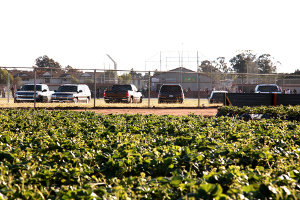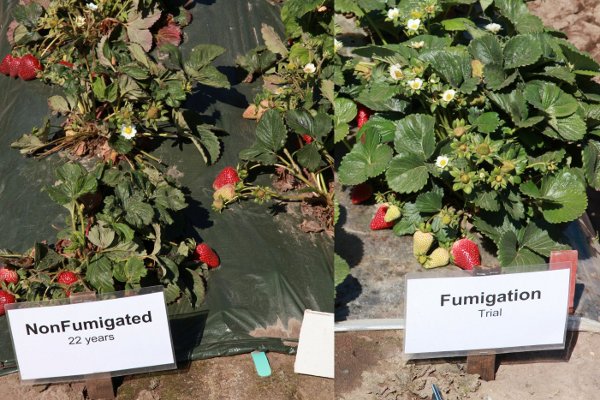 If methyl iodide is approved later this month, the decision will come with a long list of regulations, designed to protect workers, and people who live nearby from inhaling fumes from the chemical.
If methyl iodide is approved later this month, the decision will come with a long list of regulations, designed to protect workers, and people who live nearby from inhaling fumes from the chemical.
How much can we count on respirators, buffer zones and other tools to protect people from a toxic chemical? That’s the focus of this week’s QUEST radio story. If methyl iodide is approved later this month, the decision will come with a long list of regulations, designed to protect workers, and people who live nearby from inhaling fumes from the chemical, which can cause miscarriages, cancer and– while the science is less clear here — brain damage.
Last week we looked at how the decision over methyl iodide has caused a rift within the agency charged with making the decision. At the heart ofthis dispute is a disagreement between “risk assessors” and “risk managers,” over what size dose of methyl iodide could be considered safe.
Strawberry growers say fumigants like mehtyl iodide are key to sustaining a $2 billion a year industry. UC Davis strawberry researcher Doug Shaw has done comparisons on beds grown with fumigants, including methyl iodide, and without. He says when comes to the utility of fumigants this comparison speaks volumes.

